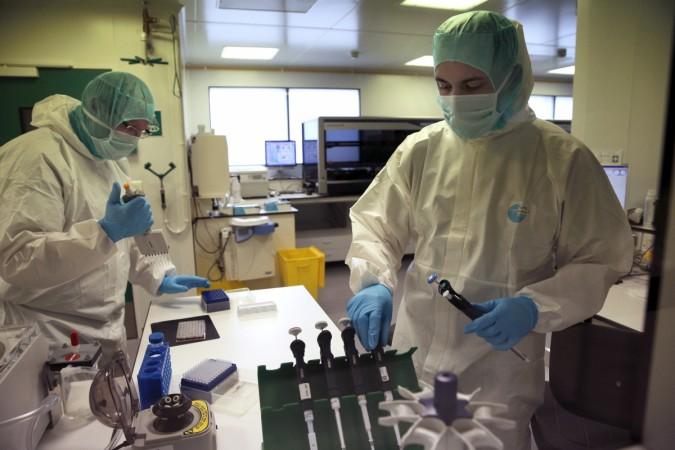
Researchers have developed a new method to detect antibodies that they claim are 1,000 times more effective than the current diagnostic techniques, according to a Stanford University report.
The report said that diagnosing some conditions can be difficult, especially in the case of autoimmune diseases, where doctors have to look for certain antibodies in patients' blood, which can be hard to detect.
In the new technique, developed in the lab of Carolyn R. Bertozzi, a professor of chemistry at Stanford University in the U.S., the chemists have replaced the standard flag with a short strand of DNA through DNA isolation technologies, which are more sensitive than the traditional methods of antibody detections. A flag is a molecule designed to bind with the biomarker, to provide a proxy measurement of the disease.
According to the study, the new quantititave polymerase chain reaction (qPCR) method is 1,000 times more sensitive than clinically used techniques like the enzyme-linked immunosorbent assay (ELISA), the gold-standard test, as ELISA isn't usually sensitive enough to detect the low antibody levels in saliva or urine or in blood during the early stages of a disease.
While testing their technique, against four commercially available, U.S. Food and Drug Administration (USFDA)-approved tests for a biomarker for thyroid cancer, the researchers said that the test outperformed the sensitivity of them all, by at least 800 times, and up to 10,000 times.
"The thyroid cancer test has historically been a fairly challenging immunoassay, as it produces a lot of false positives and false negatives, so it was not clear if our test would have an advantage," said Peter Robinson, a co-author on the study and a student in Bertozzi's group.
This technique will also help physicians in detecting diseases in the earlier stages, theoretically at least, by identifying the biomarkers of a disease at lower concentrations.
Early detection and treatment of any virus can ensure minimised effects on the patient and reduce chances of transmission to others. "In contrast to many new diagnostic techniques, this test is performed on pre-existing machines that most clinical labs are already familiar with," said co-author Cheng-ting Tsai, a graduate student in Bertozzi's group.
The report also informed that a clinical trial is underway in collaboration with the Alameda County Public Health Laboratory, which will help evaluate the technique as a screening tool for HIV.
The research was published in the ACS Central Science journal.















